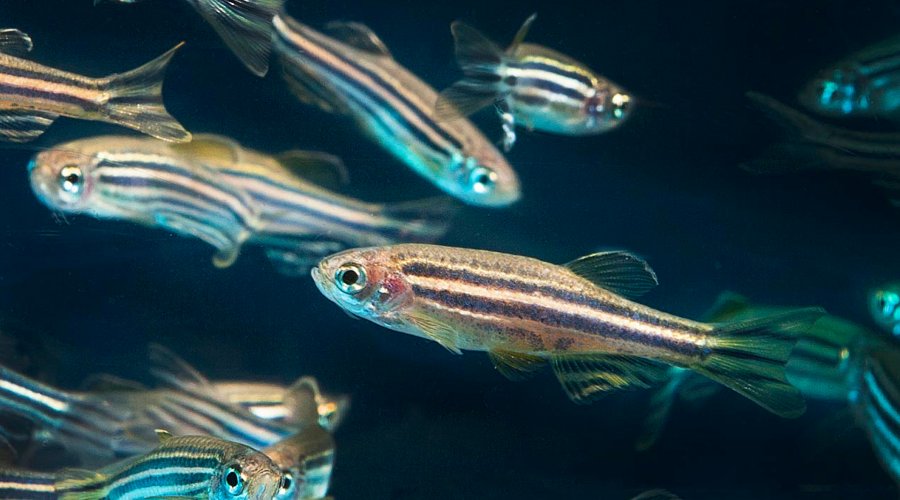How is it possible that, in groups of fish, the formation of schools with such intricately complex patterns of organization arises? For many scientists, this question is an irresistible mathematical puzzle, involving a substantial number of variables that describe the relative speed and position of each fish and its many neighbors.
Several mathematical models have been proposed to deal with this issue, but according to Gonzalo de Polavieja, who heads the Collective Behavior laboratory at the Champalimaud Center in Lisbon, the models inevitably fell into one of two extremes: either they were too simple or too complex.
“Advances in artificial intelligence (AI) and machine learning have made it possible to develop very accurate models in terms of predicting the behavior of individuals within a group,” says de Polavieja.
“But these models are like black boxes: the way they process the data to generate their predictions can include thousands of parameters, many of which may not even correspond to real-world variables. We humans are incapable of discovering the meaning behind such complex information”.
“At the other extreme”, he continues, “we have simpler models, with few parameters, which allow us to identify rules associated with a main component, such as the distance between fish or their relative speed. But these models are too limited when it comes to predicting the overall behavior of the group”.
Inspired by a new type of AI model called the “attention network”, Polavieja and his team were able to identify an intermediate solution: a model that, at the same time, gives clues to understand what is going on and is capable of making predictions. . The researchers describe their results in an article published in the journal. Computational Biology (click here to read).
deconstruct the black box
To solve the problem, the team decided to use slightly modified AI techniques, where, instead of building the customary intact “black box”, they organized the model into a large number of interconnected modules, each of which was simple enough to be able to be. analyzed (by humans).
When the scientists studied the functions generated by each module, they found that the crude rules they already knew were still valid, but that these were now much sharper.
“For example, according to previous models, the space around each fish is divided into three concentric circular areas: repulsion, alignment and attraction. This time, we also found the same areas, but unlike the simple models that had initially allowed us to identify them, our model shows that these areas are neither circular nor concentric, and that they change according to the speed of the fish”, explains Francisco Heras , the first author of the study.
In addition to the clues it provides, the model is also good at predicting fish behavior. “We can predict with 90% accuracy whether a given fish will turn right or left in the next second,” says Heras.
“This may not seem like a very long time on the scale of human movement, but zebrafish live in an environment where everything moves faster – and they can cover a distance equivalent to about eight times their body length in just one second. ”
The model results are extremely robust, which makes it possible to ask why this approach was not used earlier. According to Polavieja, the answer has “a little sociology and a little math”. As this researcher explains, “since both approaches that dominated the specialty were so different from each other, it took some time to realize that the construction of a model that was both informative and good at predicting was even possible”.
But as soon as the team realized this possibility, it began exploring different architectures and tweaking its base set of hypotheses in order to optimize the model's predictability while keeping it simple enough for it to be informative and provide clues. about the biology of collective behavior in question.
Another element that made this advance possible was the sophisticated source code that the laboratory has recently developed and that allows to follow the movement of each individual fish in a group. "Using the idtracker.ai, we were able to simultaneously track each fish in a group of 100. This was crucial to obtain the large set of data that is needed in this type of research”.
The team has already made the source code of their new model freely available online. According to Polavieja, this could represent a useful tool for the scientific community dedicated to the study of collective behaviors, and which now has a way to automatically retrieve the interaction rules, to make quality predictions and to obtain clues from the biological point of view.
“We hope that our model will be used by others to study the most diverse types of social interactions”, he concludes.
Author Champalimaud Center
© 2019 – Science in the Regional Press / Ciência Viva


















Comments